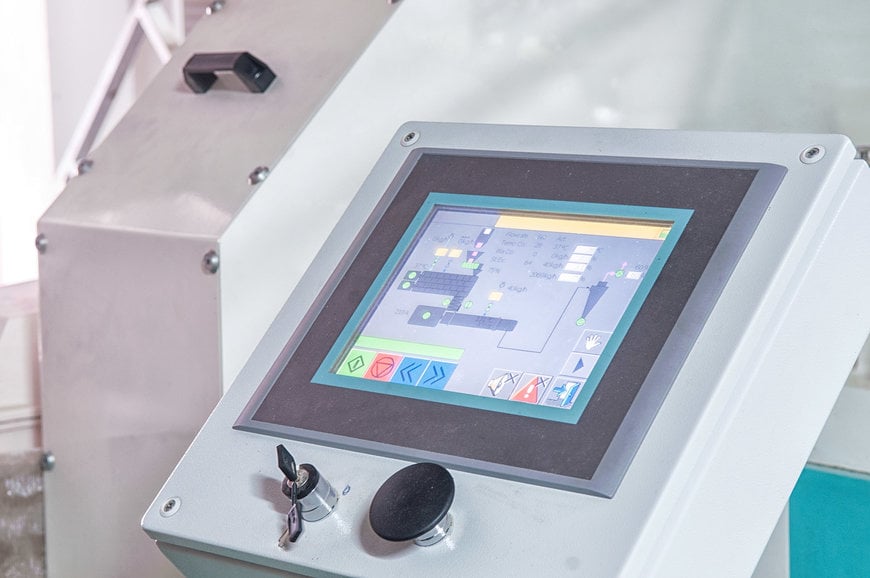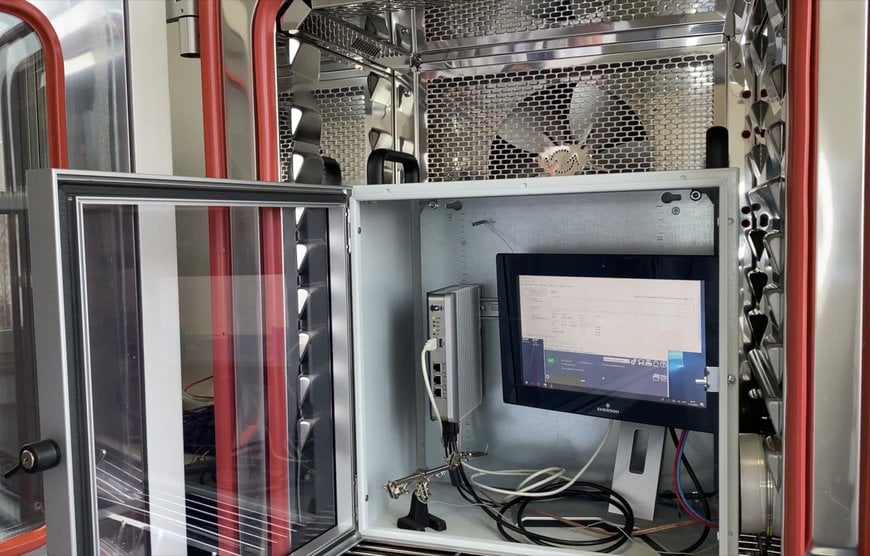electronics-journal.com
16
'21
Written on Modified on
What makes an industrial display fit for purpose?
Engineers working in demanding industrial environments are trained to look for certain characteristics of industrial electronic equipment to ensure it is capable of withstanding operating conditions.

The ideal characteristics can be relatively simple to assess for the likes of industrial PCs (IPCs), but what about industrial displays? Here, David Evanson, corporate vendor relationship manager at robust industrial display specialist Novotek UK and Ireland, explains what really makes an industrial display fit for purpose.
Industrial computing equipment is a staple of modern industry, whether used to programme an automated packaging machine, calibrate a vision inspection system or simply view process data in a supervisory control and data acquisition (SCADA) system. Specifying this equipment is no easy feat: it’s not simply a case of choosing the IPC with the fastest multicore processor, because mechanical and environmental properties are pivotal to lasting practical performance.
Even then, specifying the optimum IPC is only half of the challenge. Due to the continuous nature of manufacturing operations and ever-changing market demands, engineers frequently need to re-programme systems for new processes or re-calibrate equipment that has become less accurate over time. Doing this, or reviewing the real-time data on the plant floor to determine whether systems need this maintenance, generally requires an industrial display.
As a piece of equipment on the frontline of production, an industrial display must be up to the task of withstanding the shock, vibration and potential elevated temperatures common on the factory floor. They should also be adequately protected against moisture, condensation and small particulate contamination, which means ingress protection (IP) ratings are important.
An adequate IP rated display is essential in areas working with chemicals or liquids, or in sectors such as pharmaceutical or food manufacturing where hygiene legislation make frequent washdown necessary. In the latter, engineers should also seek to choose a bezel-less display to avoid the build-up of contaminants or cleaning liquids.

Screen clarity is also another factor. Industrial displays vary in clarity, especially among touchscreens displays where the underlying touch technology affects the opacity and clarity. Many industrial touchscreen displays are resistive touchscreens, which are typically opaquer and slightly less clear than projected capacitive (PCAP) touchscreens. In addition, outdoor industrial displays should be sunlight readable (SLR) to reduce glare and reflection and ultraviolet light (UV) resistant to avoid damage from long-term sun exposure.
Most engineers specify with these conditions in mind. However, the experience of both the Novotek UK team and our partner Emerson Automation has shown that engineers need to also consider potential damage from unconventional use. For example, we have encountered several cases where an engineer has interacted with an industrial display while in the middle of another task, and in doing so has used a tool such as a screwdriver as a stylus. Unsurprisingly, this results in the screen becoming scratched and more damaged over time.
It may seem like an exceptional occurrence for an engineer to use sharp or heavy-duty tools to interact with an industrial display, but it’s a possibility worth mitigating for to ensure system continuity. Unless a display is specifically advertised as being scratch-resistant, the best way to check is to encourage the seller to provide a demonstration — their initial reaction to this suggestion will be your first indication of just how durable the display is.
At Novotek, we readily demonstrate such claims. In fact, our partner Emerson Automation recently filmed a demonstration of its RXi industrial monitor being tested with a wrench and a cutter. Neither tool left a mark on the display. This scratch resistance joins the long list of reasons why the RXi monitor is one of our go-to monitors of choice, with other reasons being its extended temperature range, the IP66 rating, its modular design and the SLR UV rated PCAP screen with a brightness nearly double that of other displays.
Despite their important role in making industrial computing interactable or data viewable, industrial displays are often somewhat overlooked during the specification process. Although choosing the right display doesn’t involve researching the computing specifications, its clear there are a lot of factors that will directly affect how much value an industrial display can provide. Engineers that consider these factors will be rewarded with an industrial display that is not only theoretically fit for purpose, but that is fit for practical operation.
www.novotek.com

